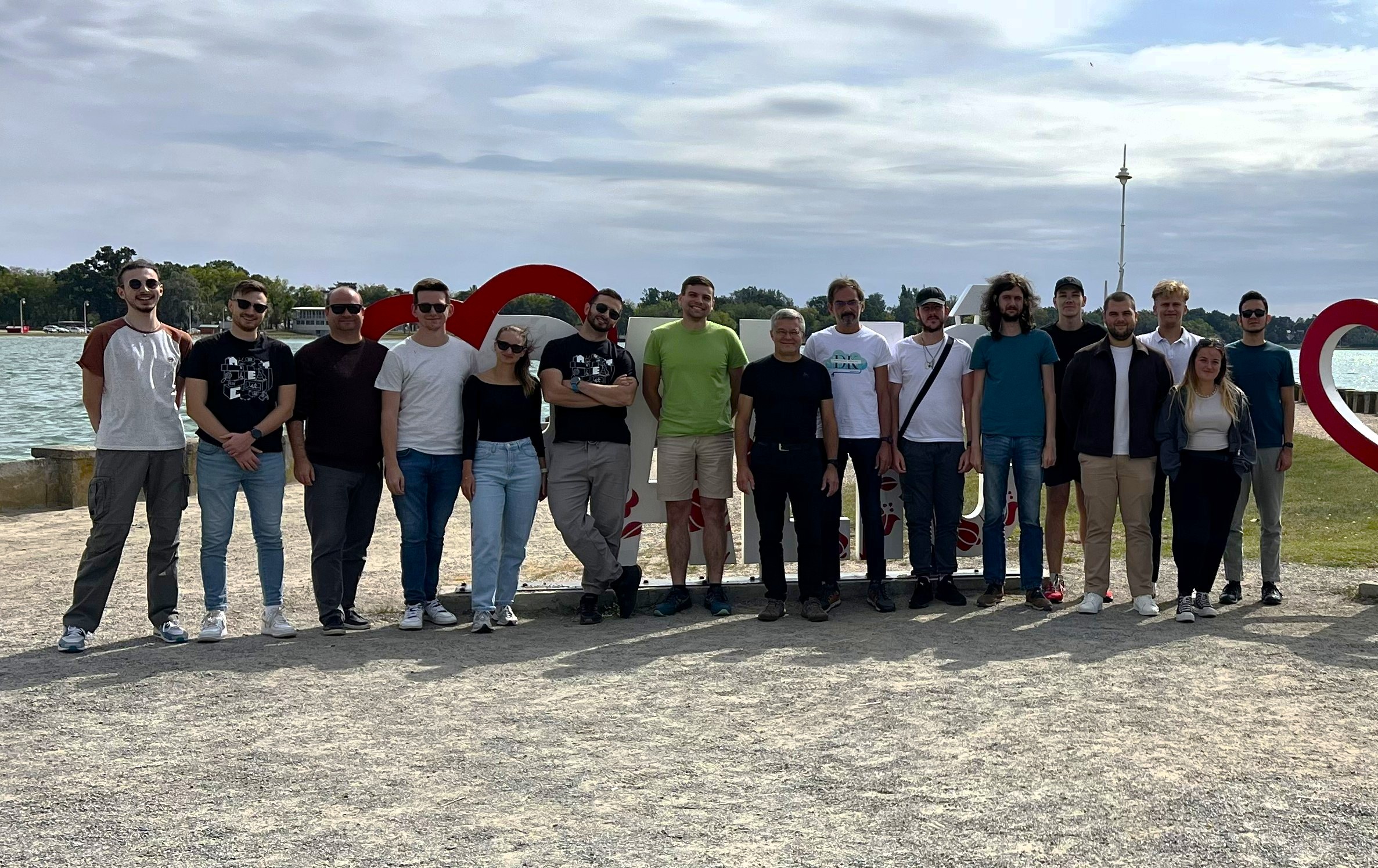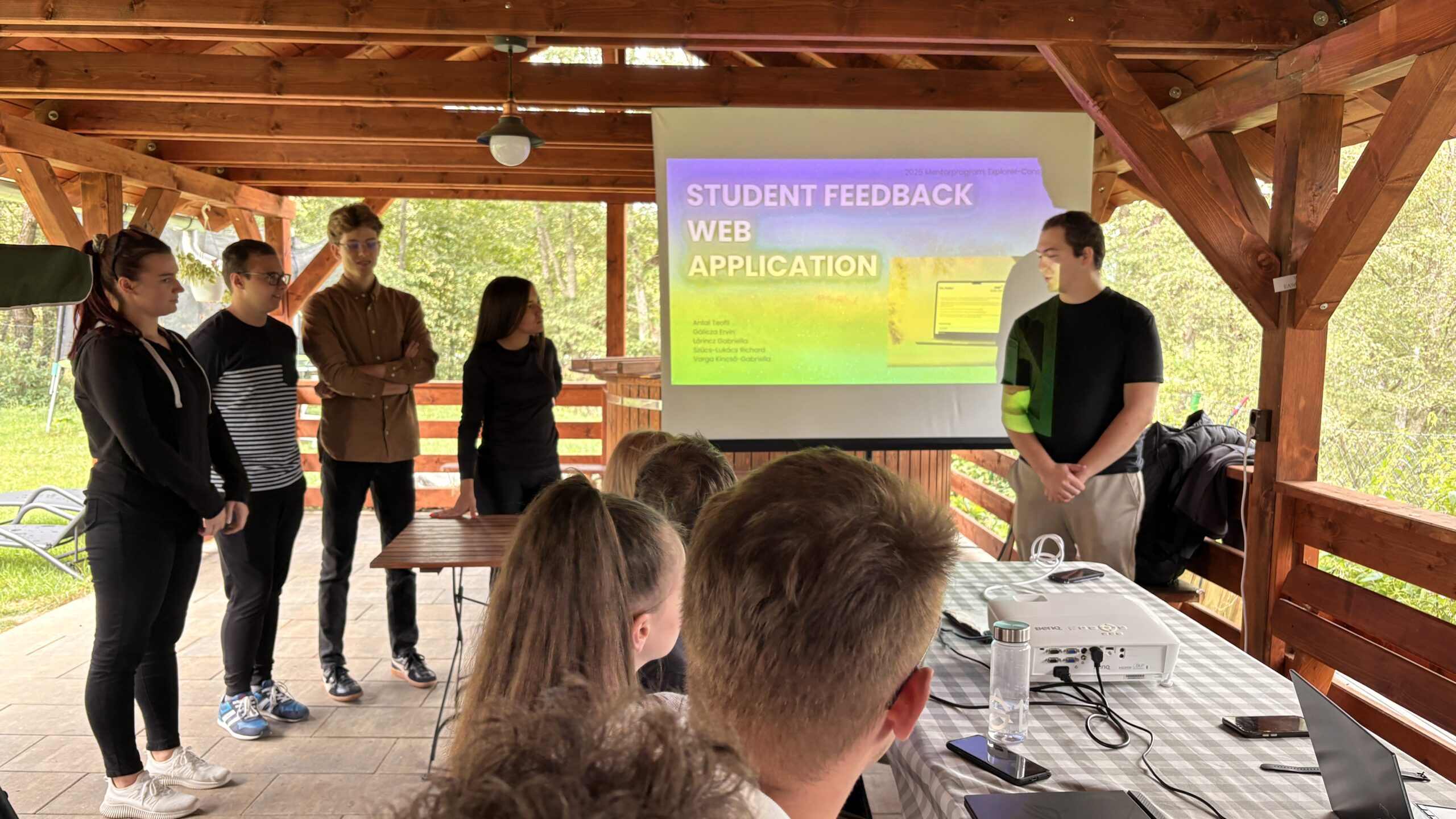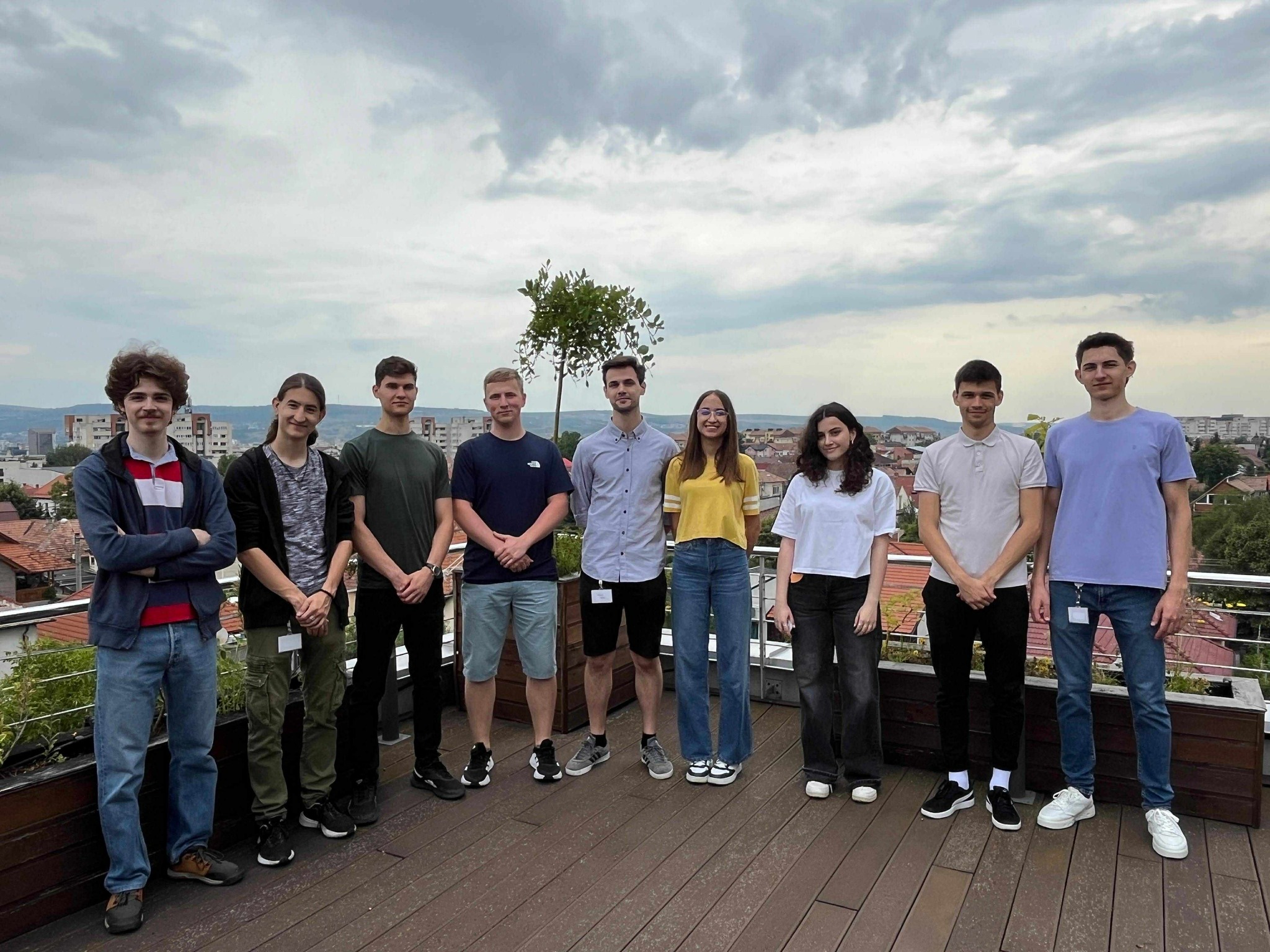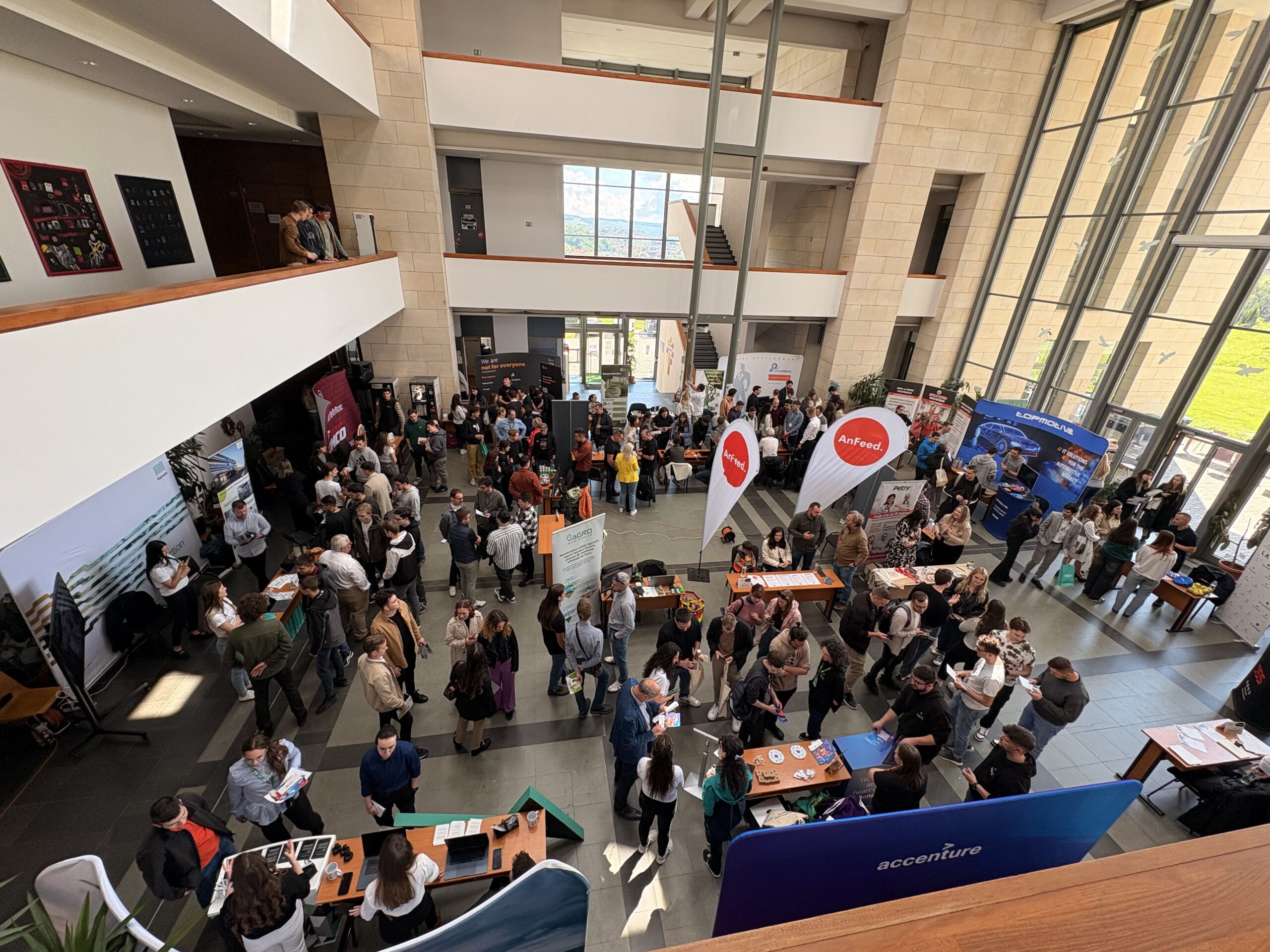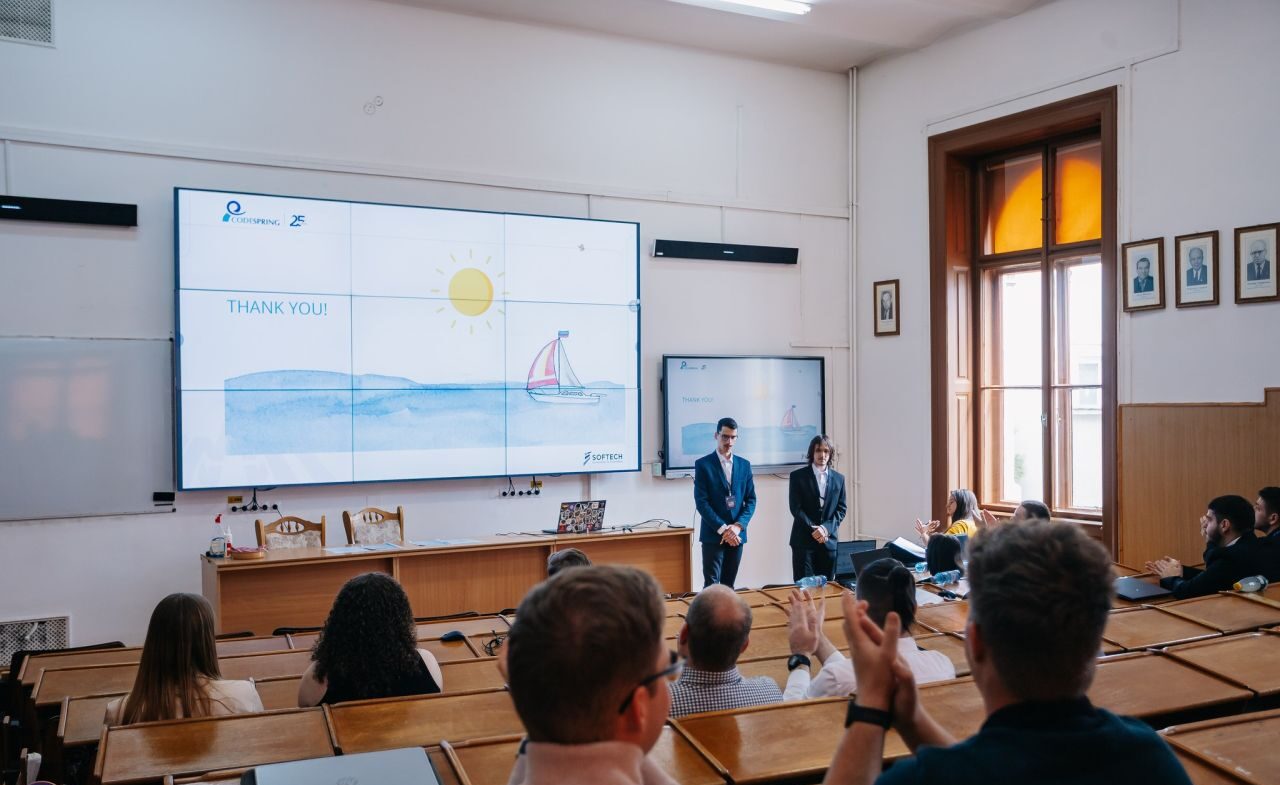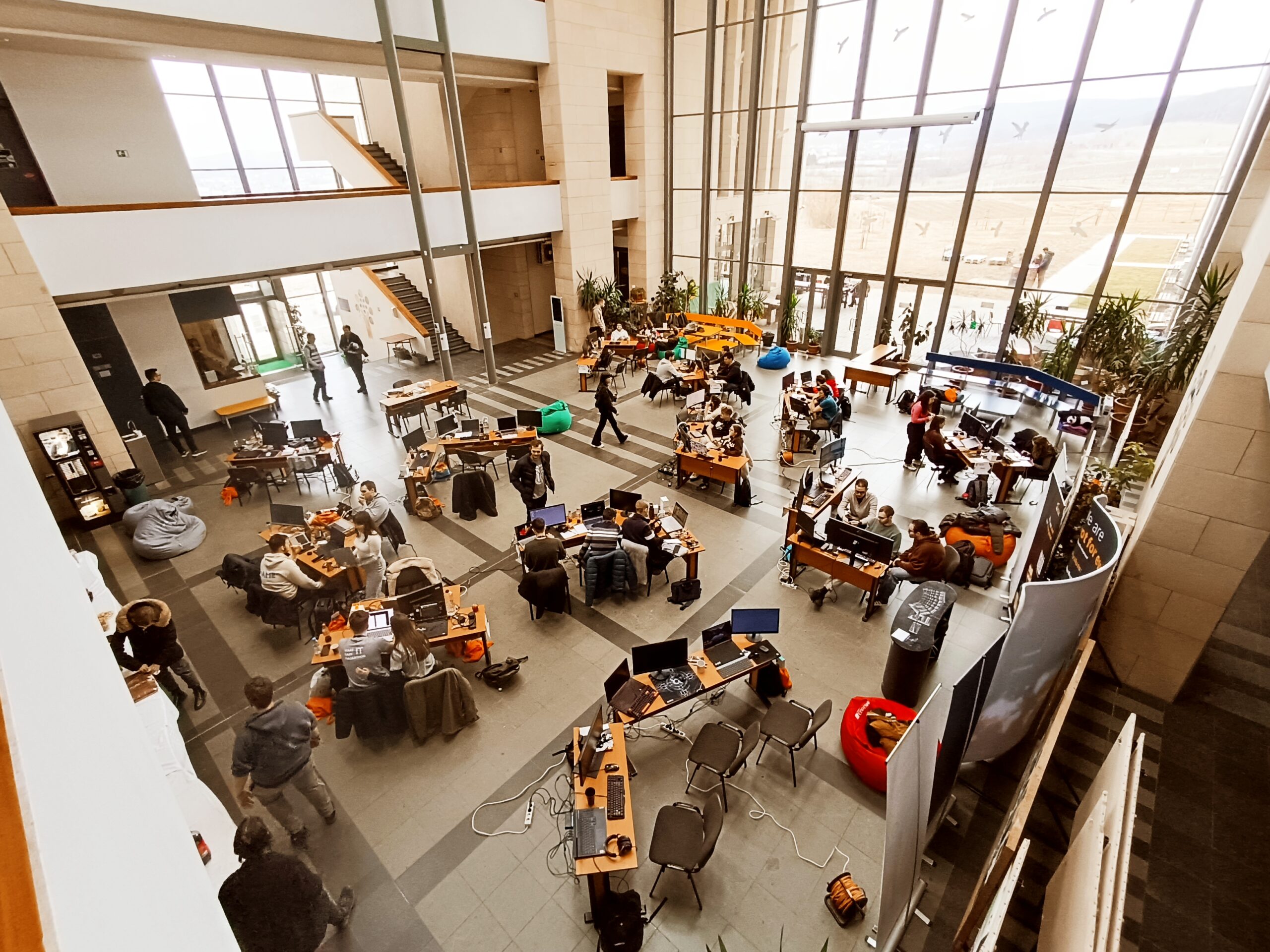Dear readers, researchers and students, the technology revolution brought a lot of good news for you too (!). Technology takes care of the books and all the items that build our cultural heritage up to this moment. For those who often check in the library, it may seem quite common to make a request for a book and to receive it right away. Maybe you have already checked the electronic catalogue of the library, or even the online catalogue. Simple gestures hiding a silent, smart and large library management system, that we call LMS. If we speak about an integrated library management system we will refer to as an ILS.
In spite of the general public opinion, the reality “behind the library shelves” is that book and documents collections are growing and they need to be managed and maintained in the optimal time. Technology hit the ranks again! ILSes (integrated library systems) are similar to an ERP used to keep evidence of the items owned, to track the traffic of the items, to keep evidence of the borrowers, to manage day-to-day operations and to provide support. Libraries can now offer broader services and become more accessible to the public.
Main features of an ILS
An ILS consists of a relational database, software to access it and two graphical user interfaces, for the library staff and the patrons. Usually, a full-featured ILS supports the following functionalities: acquisitions (ordering, receiving and invoicing), cataloguing (classifiying and indexing), circulation (lending and receiving back), serials (tracking newspapers and magazines), OPAC (online public access cataloguing). Reporting and system administration features are also included in the ILS.
Criteria when choosing an ILS
Library managers are facing a complex decision when choosing which ILS they should vote for. There are proprietary solutions and OS (open source) options. Due to the amount of data and the actual work that needs to be done when first installing an ILS, it is very important to set good foundations for any future development of the system.
The first determining criterion is the compliance with national and international standards. Next, the ILS is recommended to be a full-featured version of any available solution. User-friendly interface and ease of use and implementation, also count a lot. Integration possibilities with existing LMS or additional applications must be taken into consideration. Not only the library managers are changing their perspective, but library users are changing their behaviors which the library must adress. Finally, a performant ILS should have the flexibility to handle a large amount of simultaneous users and to be upgraded at a covenient cost. Tracking ILS vendors’ portfolio is another discussion point. Some have been serving large library consortia and some are just dedicated solutions for specific libraries.
CEE on the ILS vendors target map
As countries in the CEE are quickly developing and integrating in the EU and other international structures, sharing information collections becomes a hot topic. One cannot forget that Romania, Hungary, Polland, Bulgaria and Ukraine host some of the biggest libraries and cultural heritage centers on the continent. These countries join the European initiative of delivering broad access to their collections and thus engaging in the modernization process. Consequently, international ILS vendors are present in the public libraries, higher educaton libraries, specialized libraries and regional libraries.
Along with the installement of ILSes, many libraries in the CEE invest in new, state-of-the-art infrastructures and develop modern information & media centers. The public in these countries will have more access to modern information and education tools. Once again, the library assumed its role and purpose of educating and sharing the culture.
Digitization steps in
An even broader phenomenon in the European libraries’ world is the digitization process. Documents from all the European countries will be made available in electronic format. It is a huge project requiring new functions of the people operating existing libraries.
If in the West of Europe, librarians are quite used to operate modern library management systems, in the Central and Eastern Europe, we may say that it is a brand new perspective. Based on the rythm that CEE countries have been assimilating new technologies in the last decade, we estimate that librarians in these regions will enter a fast-track training programme again. The multilingual support from ILS vendors is an effective tool to smoothly manage this transition.
Digitization itself offers the great advantage of allowing multiple users to consult the same document simultaneuously. Handling digitized documents allows protection of valuable or highly deteriored documents. Finally, digitization offers a modern approach to consulting documents, in accordance with the newest technologies, independent of the physical location and working hours of the library (provided that copyright is respected). Meanwhile, the library, as an institution, increases the overall quality of its services and its facilities.
ILSes redefine the librarian profession
One of the greatest impacts of adopting ILSes has been felt on the librarian profession. The new breed of “librarian” must be familiar with repository software and metadata standards. He/she must have knowledge of data curation (electronic preservation and associated technologies), of data management and of the digitization process. Additionaly, qualification in computer science /information technology (database technologies) is highly appreciated.
Collections management for corporations
The legacy that ILSes are preparing is a state-of-the art system for managing all type of collections in the corporate environment too. Among ILSes clients, we can already count important names; however it is not a recognized trend. Yet, businesses and corporations are operating and archiving more and more information, under various formats.
As they grow globally, the ILS-like systems are being deployed under different names and structures. With a special concern for accuracy, for circulation management, for correct archiving and tracking, the work led for developing ILSes is just another stepping stone for information science.
Next-generation library catalogues
Even if for common internet users, the available faceted search feature seems standard, and should be available in OPAC too, it is not. Earlier forms of OPAC (online public access catalogue) allow limited search options in the library’s collection or in the group of certain libraries. The new OPAC generation incorporates more advanced and sophisticated search technologies, especially the faceted navigation, and features intended to enhance interactivity with the system: tagging, reviewing, web feeds.
Implementing the next-generation of ILS faces various constraints: financial constraints – due to the cost of acquiring this system and standardisation constraints – due to the inconsistent metadata standards. International initiatives are striving to solve this issue too, but the pace of intaking new technology in the sector will be correlated with available budgets. Therefore, next time you want to try a new book or read your favourite magazine, think of searching it at your favourite library! And if you don’t have a library card, make one! Enjoy reading!
Please check the additional information on the Codespring Company Papers page.

